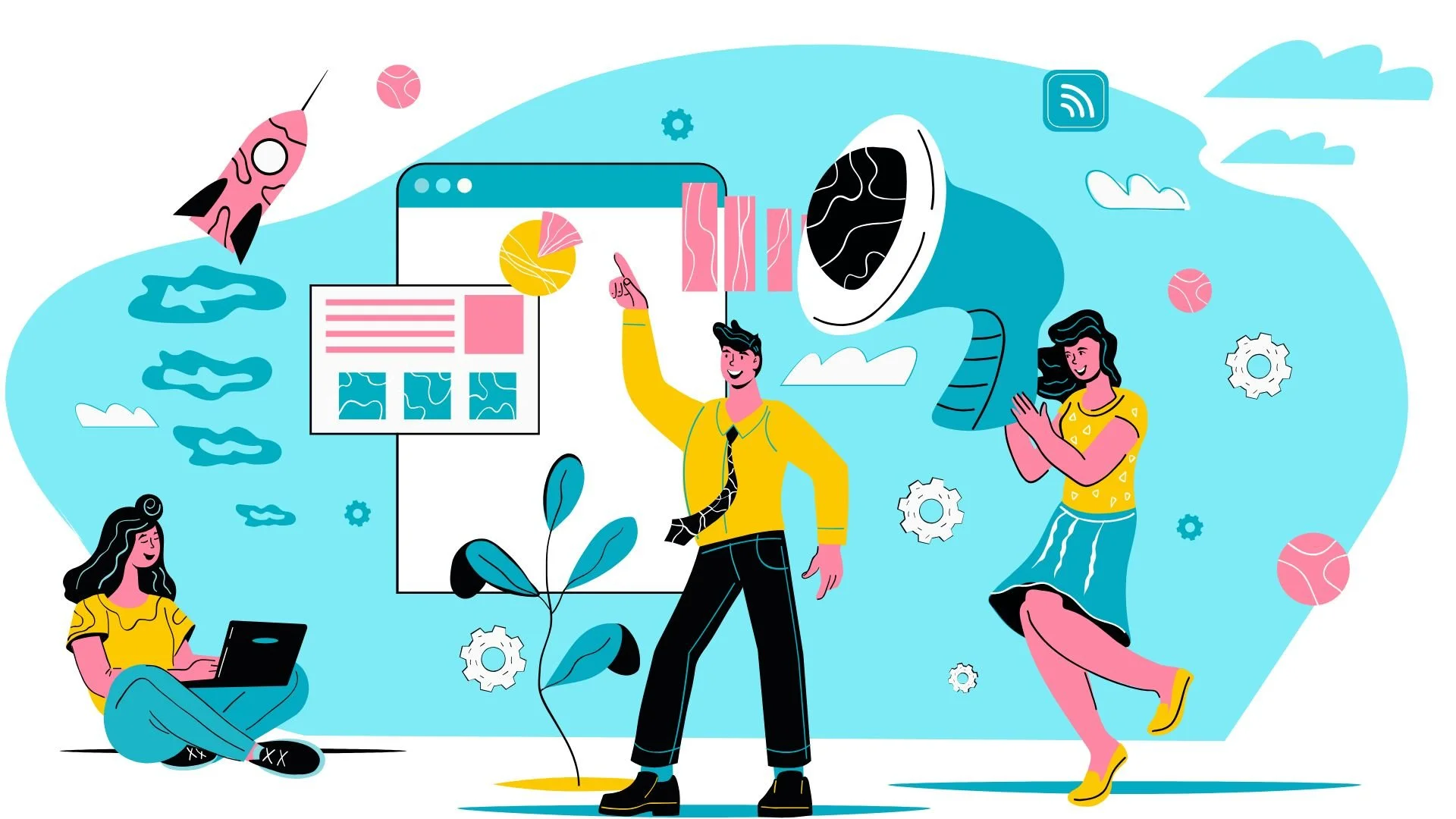DYK # 26: Did you know that EX maturity will be fueled by new technologies?
Employee Experience (EX) has traditionally lagged behind Customer Experience (CX) in terms of maturity, priority and technology investment in organisations. However, similar approaches and frameworks can be applied across both at a high level, leaving EX to learn from its often larger and more mature CX counterpart.
In our December prediction # 5, we spoke about 2025 being the year when EX closes the gap to CX in terms of practice maturity, mainly driven by AI and GenAI enhancements. Today, we’re looking into it in a bit more detail in DYK # 26 “Did you know that EX maturity will be fueled by new technologies?”
CX and EX have a lot in common, and our DYK # 26 helps you use some of the often more mature CX use cases, frameworks and technologies to apply those to your EX practice.
So let’s look into it:
AI-powered technologies are now enabling organisations to apply CX use cases to EX efforts, using advanced data analytics, summarization, and recommendations, in particular for Voice of Employee (VoE) use cases.
Organisations can use these AI-technologies to analyze employee feedback, transforming insights into actionable recommendations to drive employee engagement, satisfaction, and productivity. In a manner easier than ever before.
From coaching efforts for particular employees to organisational wide reviews of teams, structures or policies, leaders can now target their efforts more effectively and implement changes faster.
Especially in a world of remote working, gathering and understanding employee feedback is more important than ever to retain staff and improve engagement. With “water cooler conversations” becoming less frequent, organisations need to keep their finger on the pulse of employee satisfaction to avoid churn, burnout, and disengagement.
Platforms that can be used for customer feedback, can also be utilised for VoE. From quarterly pulse surveys to annual strategic reviews, feedback can be collected and analysed at different levels, and combined with operational data. Combining employee feedback with operational data such as teams, seniority, location data (remote vs. in-office) and linking it with performance data provides a rich understanding of the employee experience, from a qualitative and quantitative perspective.
Likewise, organisations can now start to link EX data to financial performance, identifying key drivers of engagement and productivity, and connecting them to business outcomes. AI and GenAI tools can enhance a deeper understanding of employee satisfaction and engagement while predictive models can identify churn and retention drivers. Those underlying drivers can also be applied to the hiring process, identifying and selecting potential candidates based on data.
Linking operational and financial data with employee engagement and satisfaction data is a powerful exercise to aid business growth. HR teams and leaders can leverage these techniques to optimise performance management and improve the hiring process, and retention success, while directly linking their efforts to business performance.
While it sounds like big brother is watching, it doesn’t have to be that way. Sensitive employee data should be anonymised for organisation wide analysis, and only be used at individual level for coaching and development conversations. It’s also important to point out that employees need to be informed about how that data will be used, and whether or not it’s anonymised. Just like we would for CX purposes.
When done right, this shift can position EX as a strategic priority, integral to achieving organisational goals.
What are you doing to keep your employees happy and drive business performance?
Want to chat, just get in touch 🤓
#EX #employeeexperience #CX #VoiceofEmployee #data #insights #technology

